Whether you grow it or buy it at a farmer’s market or local grocer, there’s a great way to prep and preserve spinach for quick and easy use. Spinach freezer cubes!
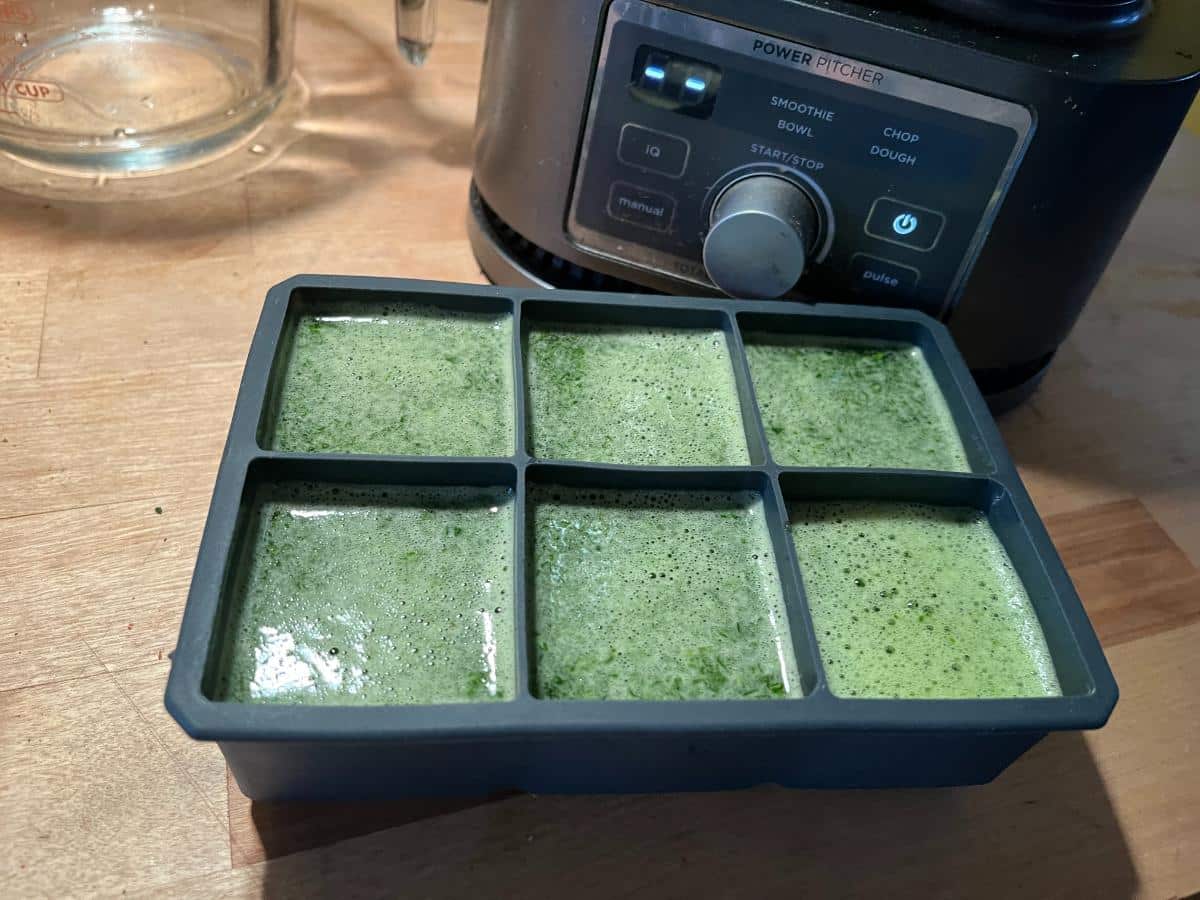
This is a simple way to preserve a harvest in easy-to-use portions or to just use up a little bit of extra before it becomes food waste.
This is fast and easy to do, but it makes for a very convenient end product that can be used in many ways.
Jump to:
- Why make frozen spinach cubes?
- When is the best time to make frozen spinach cubes?
- How to Make Easy Spinach Freezer Cubes
- How much spinach is in each freezer cube?
- VIDEO: How to Make Quick, Easy, Convenient Frozen Spinach Cubes
- What do you use frozen spinach cubes for?
- Can other types of greens be used to make freezer cubes?
Why make frozen spinach cubes?
It takes only a few extra minutes to make frozen spinach cubes. Really, it’s not much time at all, and there are some good reasons why you might want to put the time into making these handy little cubes.
- Frozen spinach cubes are an easy way to preserve spinach, whether you have a little or a lot
- You can quickly and easily preserve any amount of spinach
- Making versatile spinach cubes reduces food waste, especially if you’re freezing the small amounts that you’d normally be throwing away
- You get a convenient, consistent measurement
- You create a product that is ready, fast, and easy to use
When is the best time to make frozen spinach cubes?
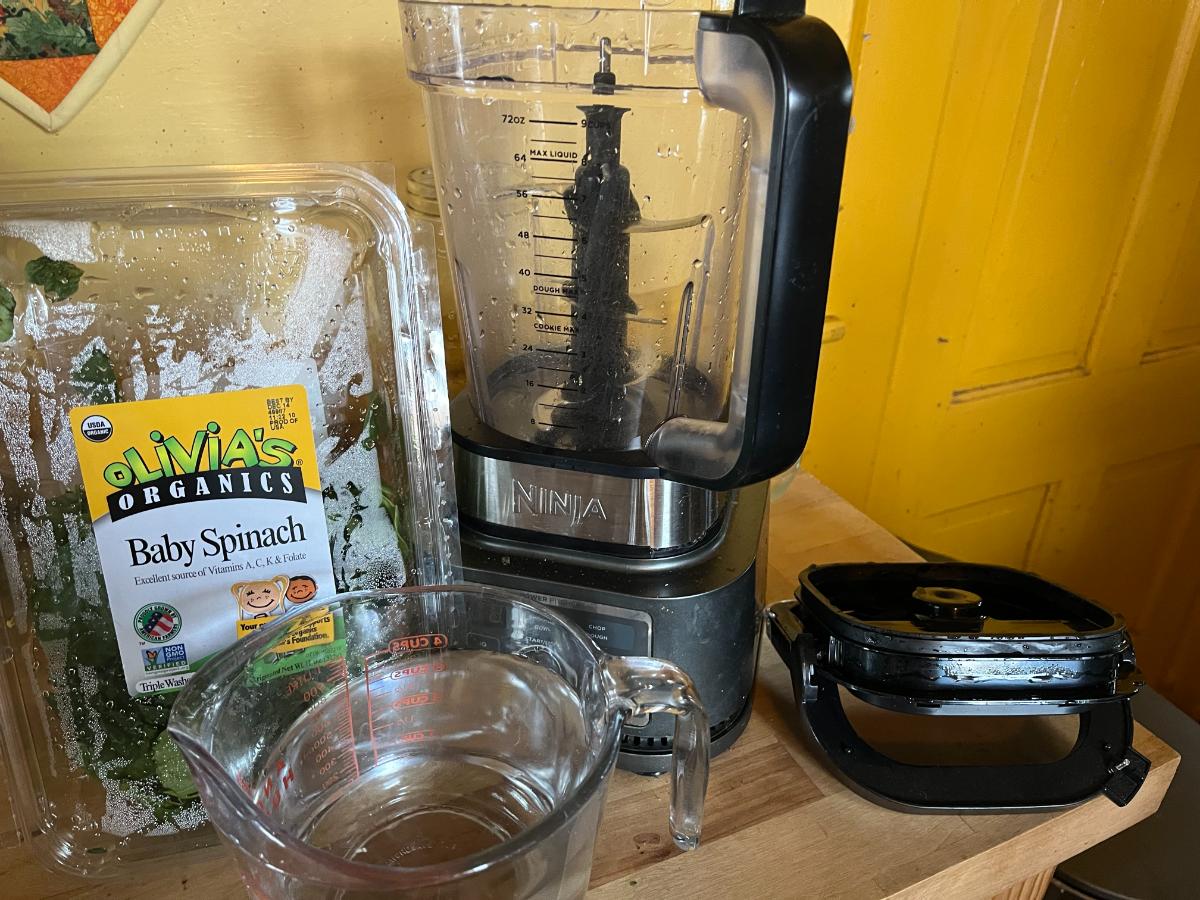
You can make your spinach into freezer cubes at any time in its life cycle when the spinach is still good (not rotted).
To preserve the maximum amount of nutrition, it’s best to freeze the spinach as soon as it comes in from the garden or as soon as it comes home from the farmers’ market or store.
The reason for this is that all fresh vegetables and fruits begin to lose nutrition as soon as they are harvested, so each day that goes by, the nutritional content becomes a little less. Freezing and preserving the spinach mostly halts the nutritional decline.
That said, as long as the spinach is not rotted, there is still nutrition to be had from it. It’s just that the best time and the peak time to preserve the nutrients is as soon as you can. However, if you have leftover spinach or fresh spinach that you’ve had in the fridge for a few days or a week, and you need to use it up before you lose it, this is a great way to do it.
How to Make Easy Spinach Freezer Cubes
- Wash your spinach
- It is not necessary to dry your spinach after washing, as it is going into a blender with more water anyway
- Put as much spinach into your blender as you want to cube, but don’t overfill the blender. It works best if you only fill the blender up to one-half or two-thirds full
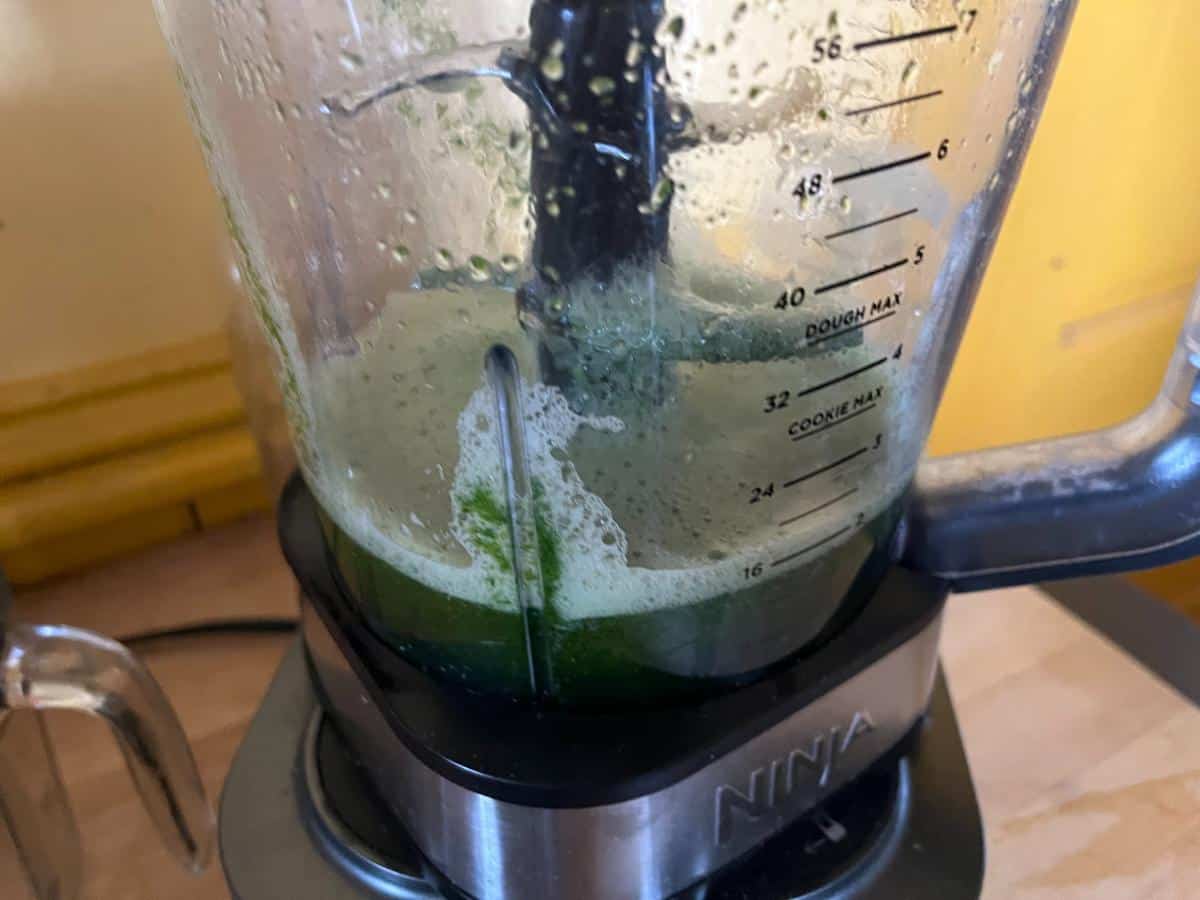
- Add water* up to about half the depth of the spinach
- Pulse to blend until smooth
- Ideally, try not to blend the spinach for more than one minute in total
- If you like a finer, smoother cube, you can blend for a full minute
- If you plan to use your cubes in cooking and you want a larger texture, blend for less time
- Now, spoon the blended spinach into ice cube trays
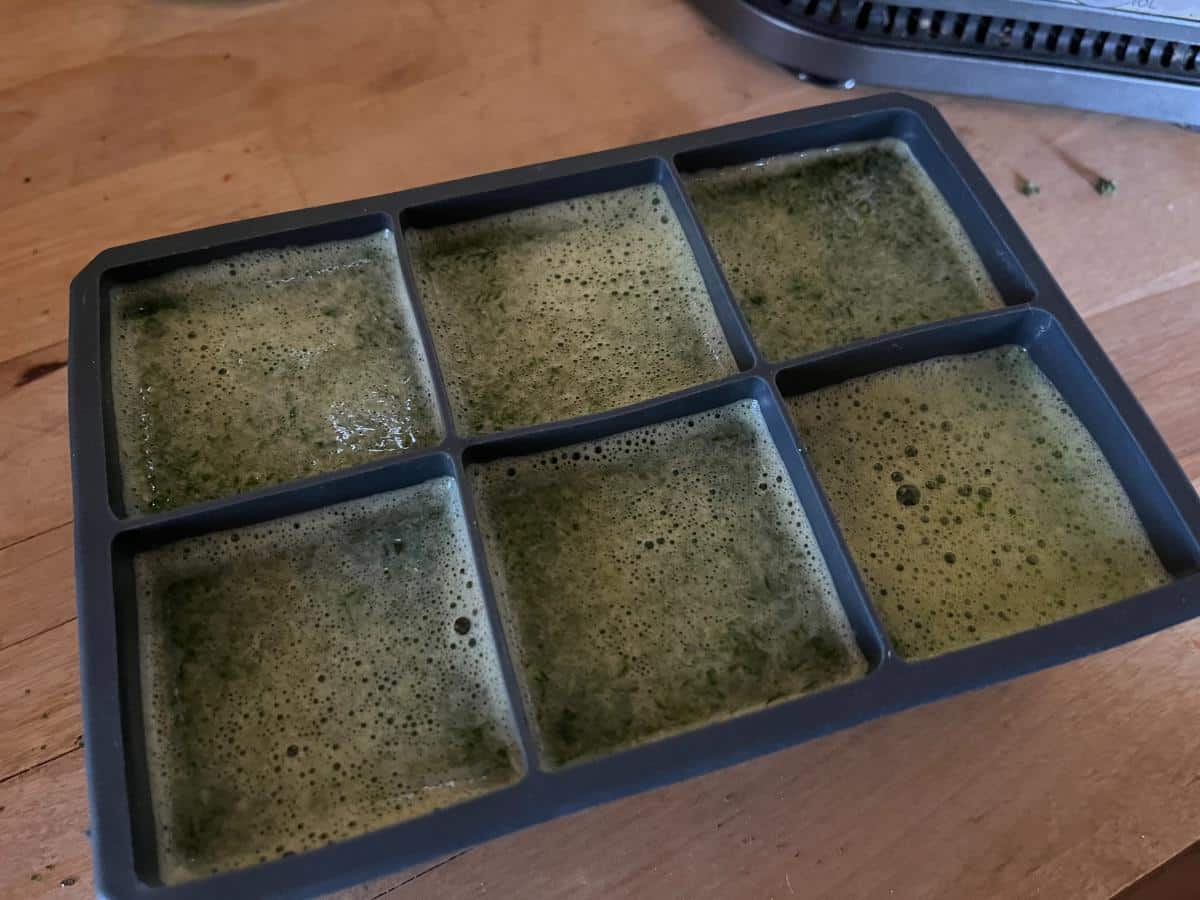
- Place in the freezer for three to four hours or overnight
- After the cubes are completely frozen, remove them from the trays and place them in a freezer bag or airtight freezer container
- Keep the container in the freezer and only remove what you need when you are ready to use it
*If you like other flavors or typically use other liquids with your spinach in your recipes, you can use coconut water or coconut milk (or another favorite liquid) in place of plain water.
**If you find the cubes difficult to remove from the ice cube trays, just dip the bottom of the tray in a pan of hot water, which will melt and loosen just enough on the edge so the cubes will fall out easily.
How much spinach is in each freezer cube?
This will vary a bit depending on how much you blend your spinach and how much water you use, but in general, plan for one cup of spinach to make one standard-sized one-ounce spinach cube.
For the sake of conversion, one cup of fresh spinach is about equal to one cube.
VIDEO: How to Make Quick, Easy, Convenient Frozen Spinach Cubes
What do you use frozen spinach cubes for?
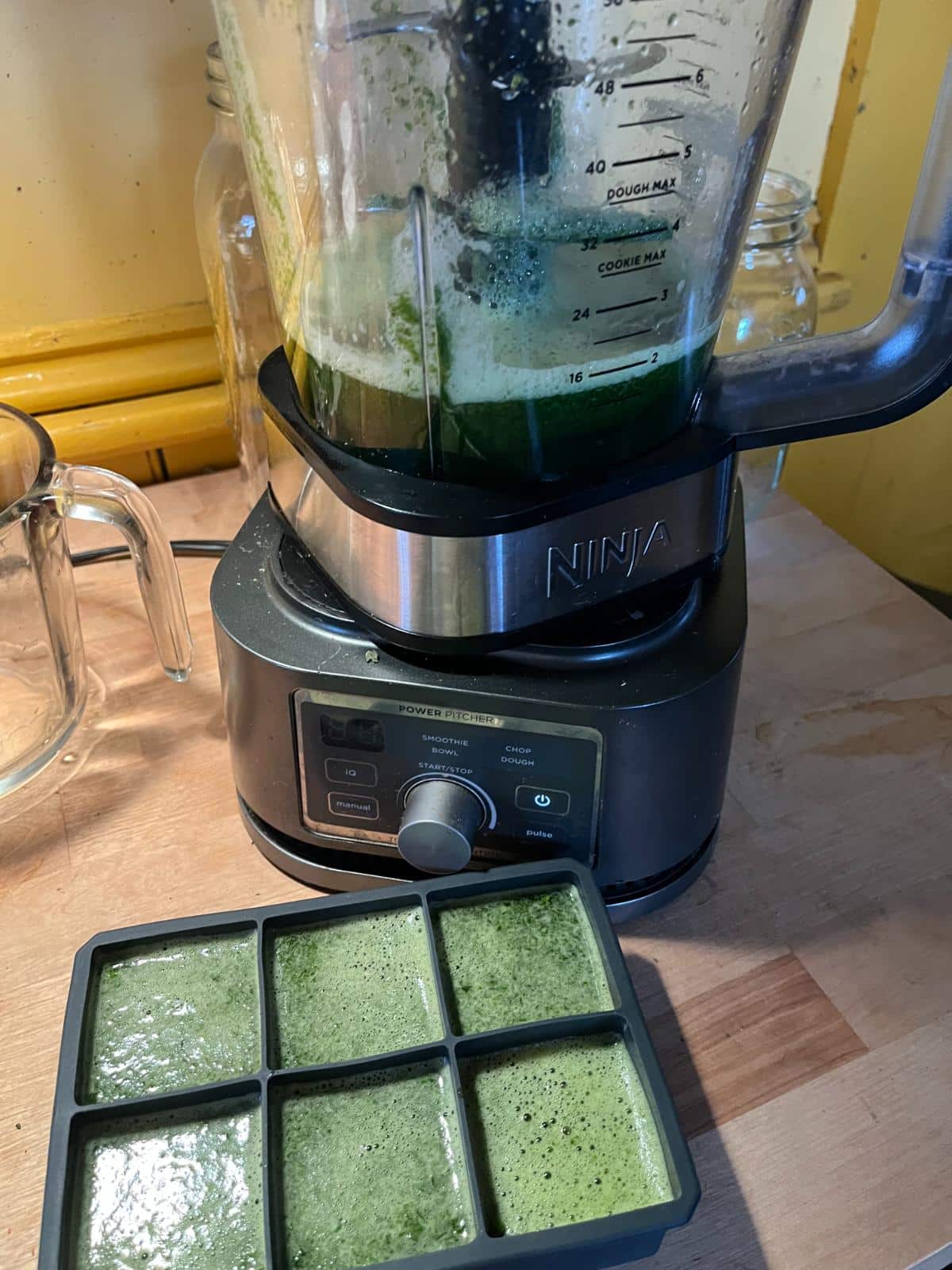
Freezer spinach cubes are very popular among the smoothie crowd. They are a fast and easy way to prep ingredients for morning smoothies, and the frozen cubes add thickness and texture to shakes.
However, spinach cubes aren’t just for smoothies. They can be used in all sorts of cooking and meal prepping, too.
Here are some great ways to use frozen spinach cubes:
- In smoothies (one or two cubes)
- In smoothie bowls
- In soups or stews (put the prepped cube in the soup for the last 5 minutes of cooking -- no other cooking or prep needed)
- Add to vegetable, meat, or bone broths
- For omelets, breakfast scrambles, or add to eggs, etc -- just quickly saute and thaw in the pan, then add eggs and scramble
- In casseroles
- In meal prep meals -- put a cube in a section, uncooked, and let it thaw, then reheat when you eat with the meal
- Added to roasted vegetables, skillet meals, and more to boost flavor and nutrition
- In sauces and dips
- Added to ramen noodles or noodle soups to boost nutrition and taste
Can other types of greens be used to make freezer cubes?
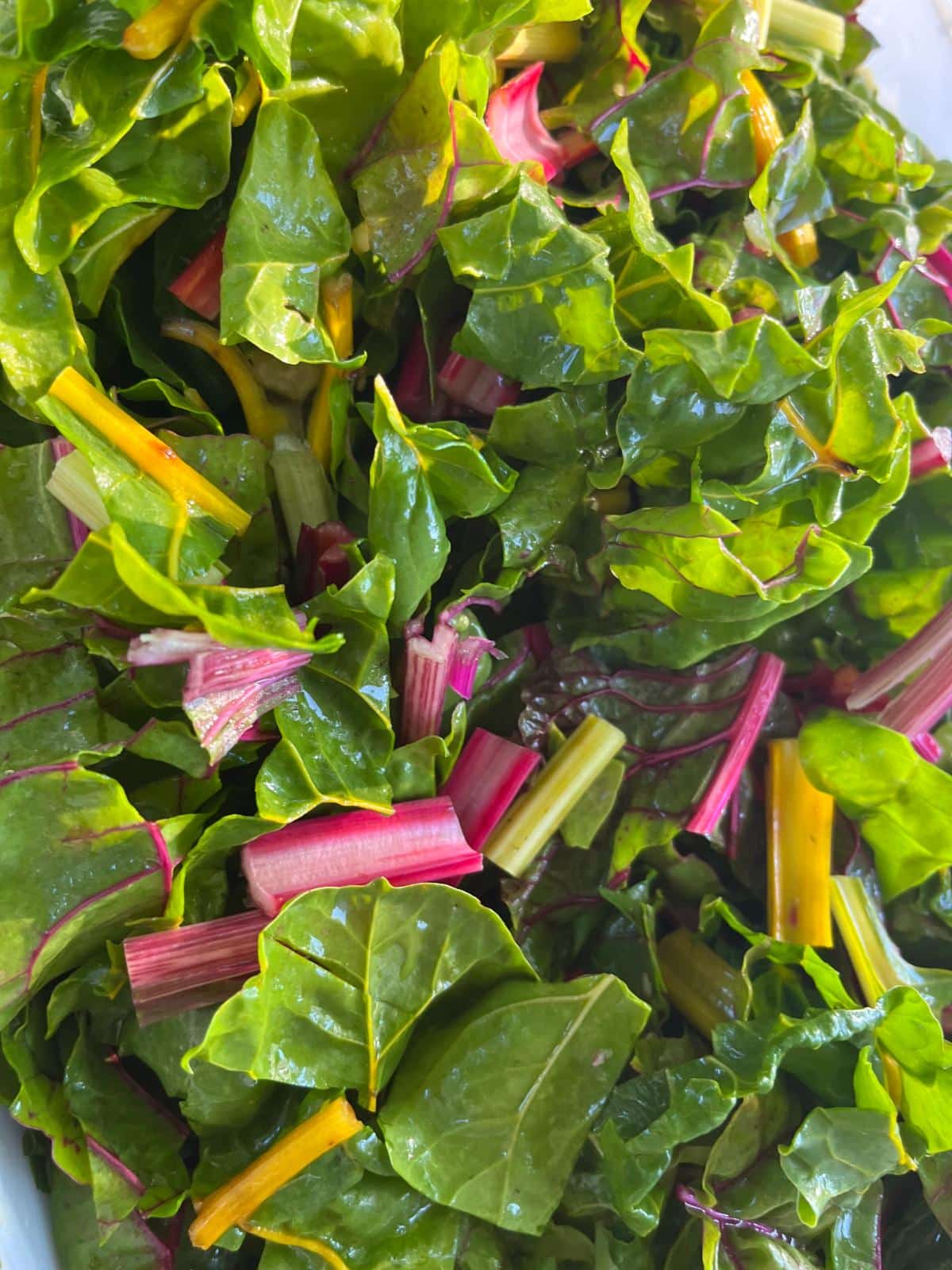
Yes! This same method can be used with all sorts of greens.
Some other greens that work well with this method (and also can greatly reduce food waste) are
- Romaine lettuce
- Swiss chard
- Rainbow chard
- Kale
- Herbs
- Beet greens
- Other hearty leafy greens of your choice


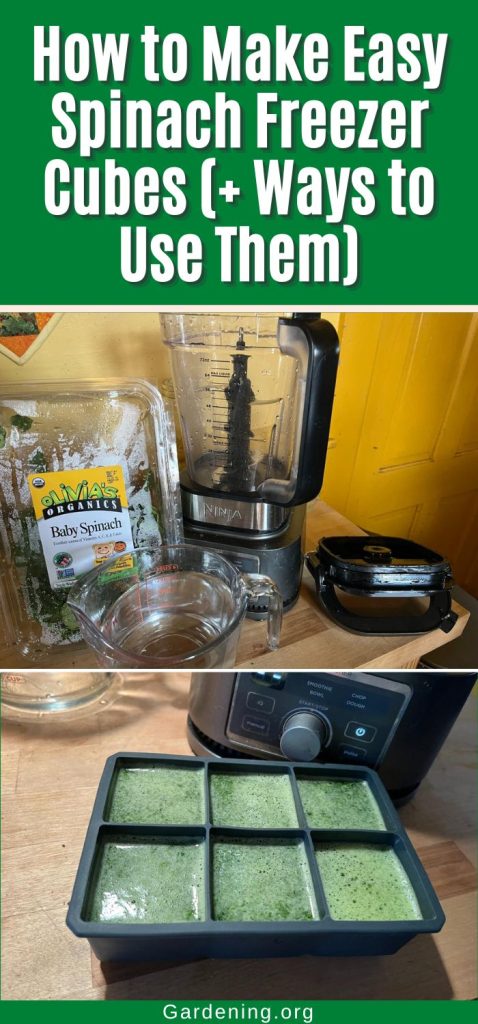
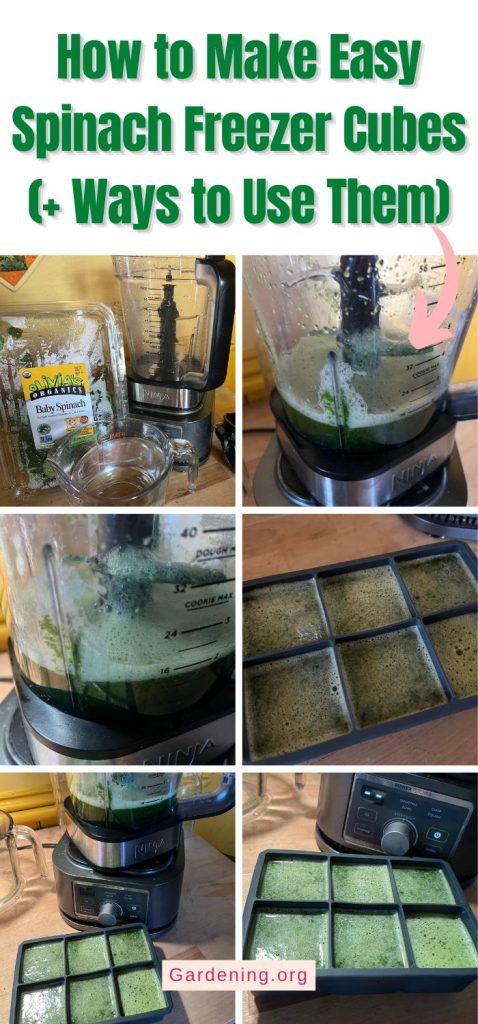
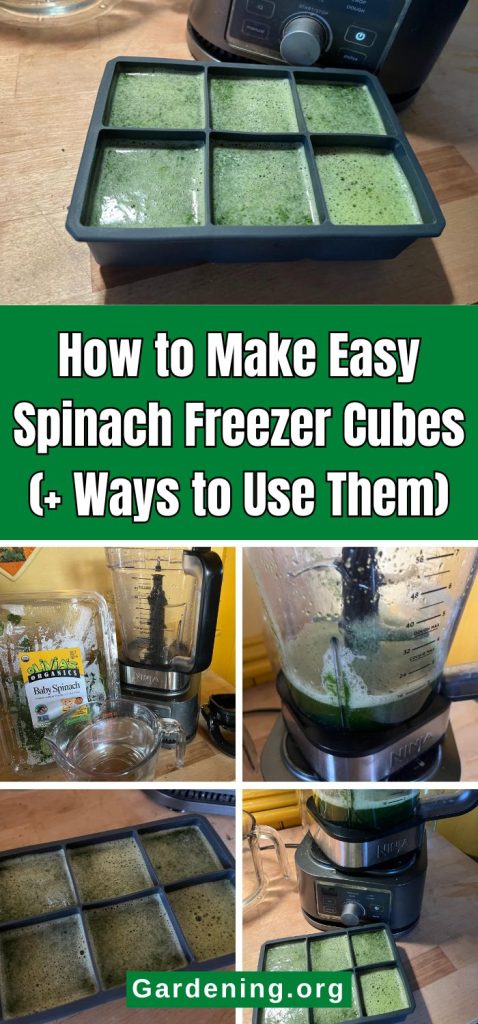

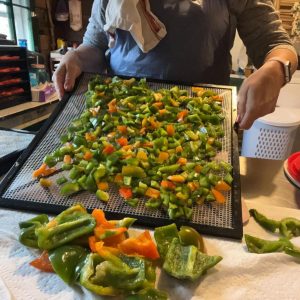
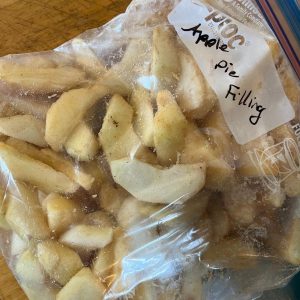
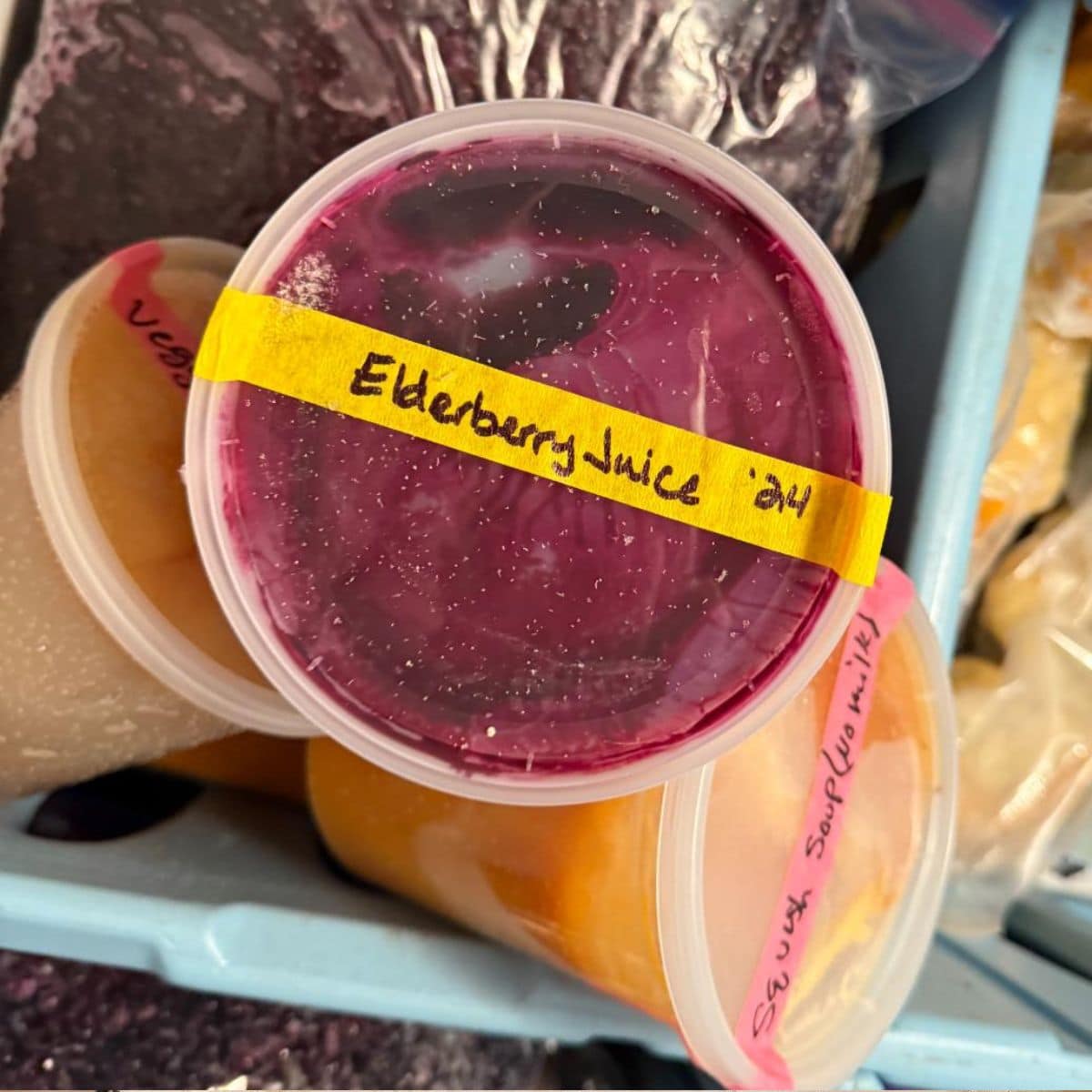
Leave a Reply